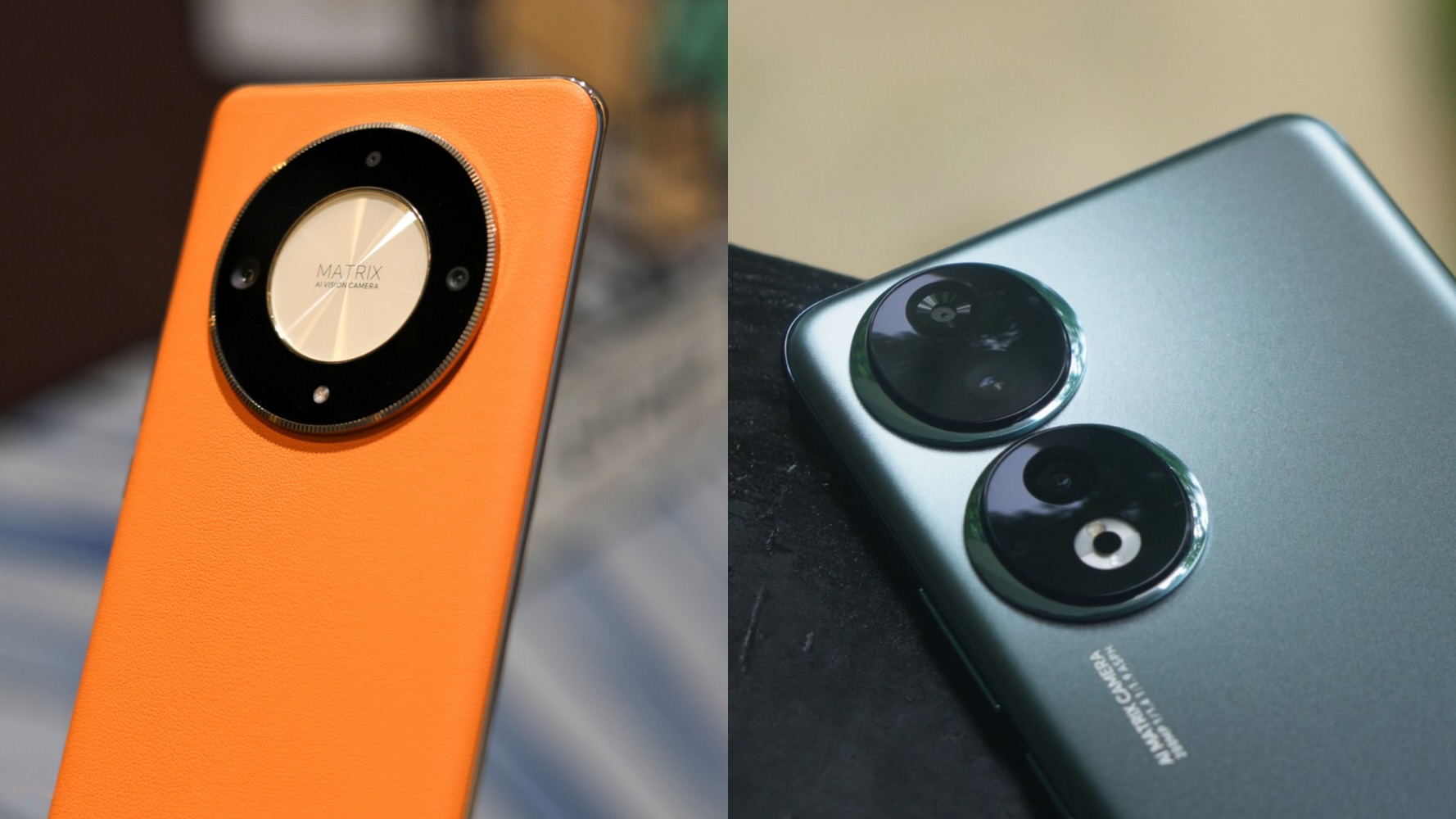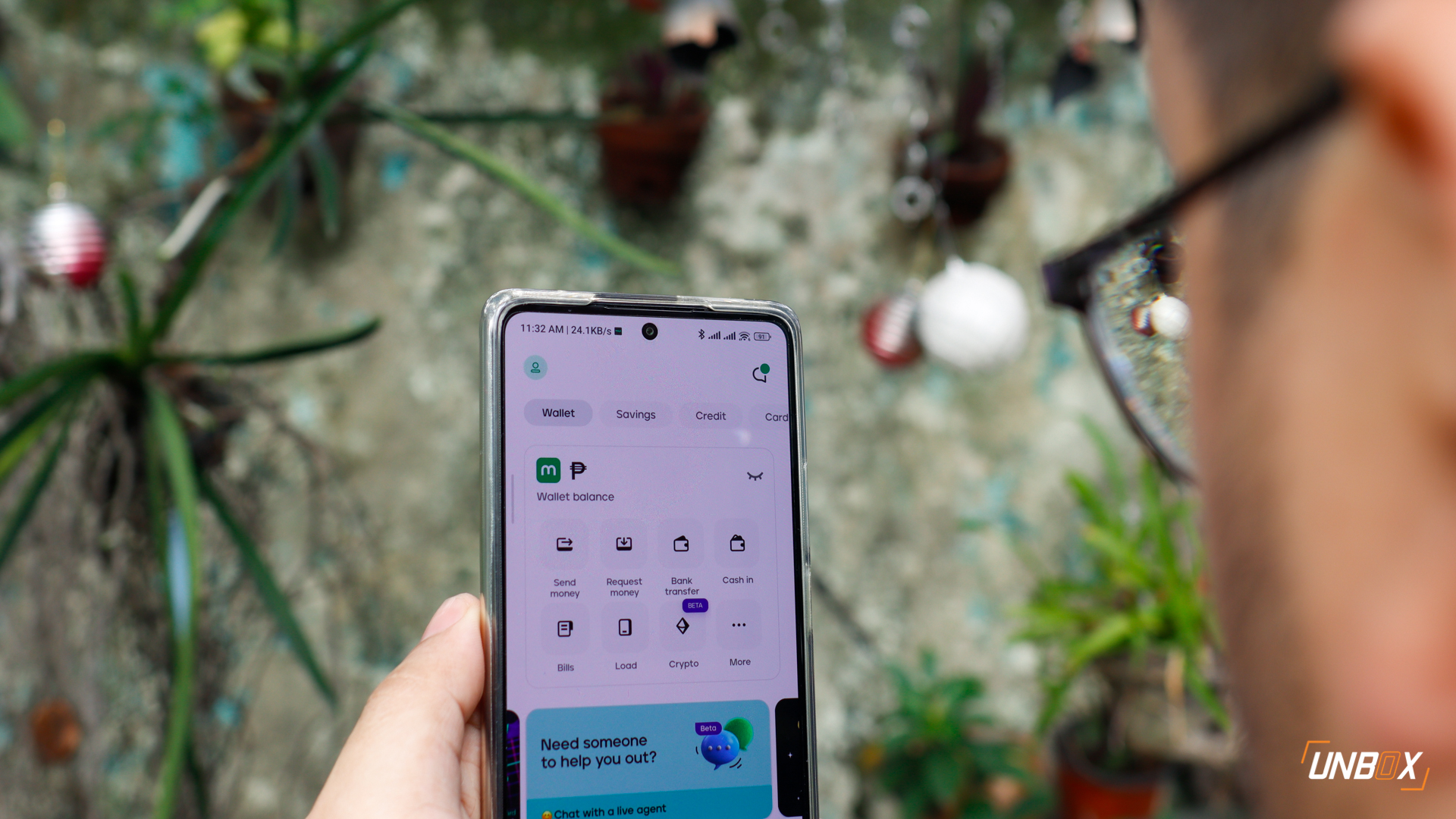OR at least manage expectations better
We could still vividly remember being wide-eyed and ecstatic when ASUS officially unveiled the ZenFone 3 family last year while in Taiwan. Why wouldn’t we be? ASUS Chairman Jonney Shih was fresh off of the stage after announcing that the base model of the ZenFone 3 would cost a mere $249, which was a bargain considering what was inside the phone. We did our hands-on, and came away with the impression that the ZenFone 3 would absolutely slay the competition when it arrived in the Philippines.

Then ASUS Philippines announced the official pricing for the phones, and things went south. With an official price of 16,995 for the 5.2-inch ZenFone 3 base model, many loyal ASUS fans were outraged by the sudden price jump. While we’re still of the opinion that the pricing for the ZF3 family was justified, ASUS could have managed expectations better by not announcing a far lower SRP for the family of phones a few weeks prior.

And while the company has managed to make a lot of strides in regaining the loyal fans by constantly lowering the prices of both of the variants of their ZenFone 3 Max, there’s still a lot of work to be done to regain their customers lost to other brands.
That’s why pricing the upcoming ZenFone 4 family of phones right is critical for the company’s continued success in the Philippines. There’s increased pressure from all sides of the industry in the mid-range and high-end segment of the market, and aggressive pricing will be one of the possible weapons that they’ll be able to use against the competition.
If that’s not possible, ASUS can at least soften the blow by managing the expectations of its fans better when it comes to pricing. Pricing announcements like the quoted $249 SRP for the original ZenFone 3 is disastrous if it’s not followed in the countries where the phone launches in. It’s understandable that there will be a variance in the quoted announcement price and the actual, landed price (taxes and duties are still a thing) but having such a wide gap in pricing is disheartening and frustrating and is only guaranteed to drive your loyal customers to the arms of a competitor.
ASUS has a very real chance of regaining lost fans and grabbing new ones if they’re able to compete aggressively with their rivals – let’s hope that the company has learned their lesson from last year.



































































